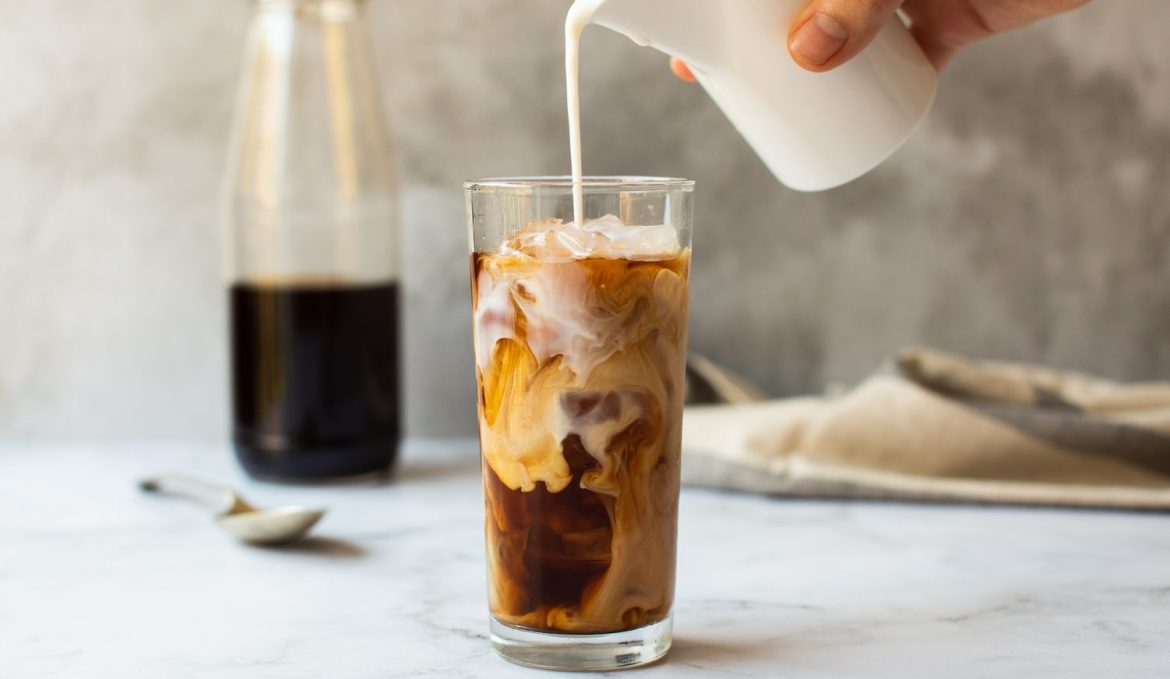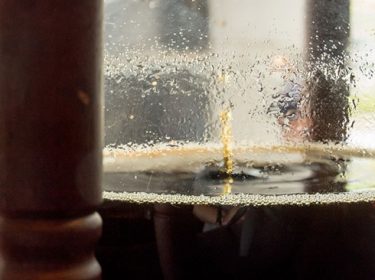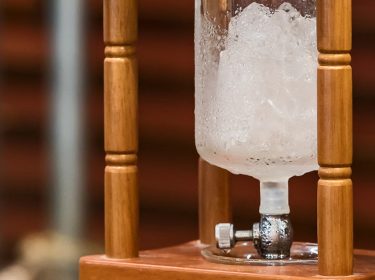
Cold brew coffee is one of the most popular types of coffee. A refreshing, sweet cup of coffee that fills the void in your coffee-drinking schedule is just as convenient, if not more so, than sticking a pod in your coffee machine.
Want to learn more about this delicious drink and how it fits into your coffee life? Read on to find out:
1.Howiscoldbrewbeermade?
- Coldandicedcoffee
3. Why do you drink cold brew beer?
4. Is cold beer stronger?
5. How long can I keep my cold brew?Cold Brew VS. Cold Brew Concentrate:
Cold Brew Concentrate is a cold brew with a very high coffee to water ratio. The filter coffee you are used to is made up of 1 part coffee and 16-20 parts water. This is also called “strength”. Cold-brew concentrates are often 1:4 vs 1:8. This is a concentrated coffee drink in every sense, much stronger and with more caffeine than the same amount of drip coffee liquor.
How Is Cold Brew Made?
Coffee Ground (usually coarse) + water (cold or room temperature) + time (8-24 hours) = coldest brew
Cold brew coffee is usually prepared by steeping coffee in cold water or ambient temperature (room temperature) for several hours. By slowly extracting at this low temperature, the taste of cold brew is greatly different from that of hot extraction of the same type of coffee beans.
Mild chocolate and mild, low-acid fruit are common flavor notes.
Cold brewing (or often ambient brewing) requires time, not temperature, to ensure extraction. Cold brewing can take anywhere from 8 to 24 hours, depending on who you ask and what flavor you’re looking for in the cold brew.
You can use your trusty French press to make cold brew.
Cold brew is often prepared as a concentrate, diluted or ” watered down” according to taste. Drip coffee and most filter coffees have a coffee to water extraction ratio of approximately 1:16 (e.g. 20 grams of ground coffee, brewed with 320 ml of water), the cold brew is typically done in smaller volumes and offers multiple options for different tastes.
Cold Brew Ratio Details:
A 1:8 or 1:9 ratio is very common when preparing cold brew coffee. For example, 50 grams of ground coffee to 450 milliliters of water. Some stronger brewing ratios have even more concentrated effects. However, other cold brew recipes are actually much closer to the 1:1 hot coffee ratio.
11 or 1:12 and specially designed for the preparation of cold “ready-to-drink” coffee. H. No dilution required. These 12 cups also mean a higher amount of caffeine in a cup of coffee, which can also lead to the cold brew ‘myth’ (but we’ll get to that later).
Cold Brew Vs. Iced Coffee
Iced coffee is used to live up to its name.
Regular brewed filter coffee or espresso with ice added. It wasn’t, and probably still is, not uncommon to see baristas and restaurant employees just drinking coffee.
Why Drink Cold Brew?
• Gentle brewing process
• Very convenient
• low acidity
• All the health and energy benefits of hot coffee
• Great way to use older coffee beans
Let’s take a closer look:
Cold brew is also very tolerant of old coffee beans, making it easy to prepare large amounts of coffee beans in advance. The result is a refreshing and convenient caffeinated drink perfect for busy mornings.
Cold brew drinkers rave about another feature of cold brew.
Mild and less sour! Cold-brewed coffee is known to be less acidic than hot-brewed coffee made from the same beans, and is gentle and smooth on the palate as well as on the stomach. but why? Okay, science. Heat has a significant effect on extraction*. Cold brewing leaves acid behind, but hot coffee easily removes it. This not only produces a coffee that is aromatic, soft and smooth, but can be stored for several days and still retain its fresh taste.
Not only is cold brew practical and stomach-friendly, but like any coffee, it also contains some of the healthiest ingredients.
• Chlorogenic acid
• Antioxidant
Althoughcoldbrewcoffeetypicallyextractslessoftheseorganiccompoundsthancomparablehotcoffeeofthesameorigin/roast,thesebeneficialcompoundsarestillpresentinmostcoldbrewcoffees.
Scientific Side:
Want to learn more about how this works? Hot water simply dissolves soluble solids better. Hot water is also great at weakening molecular bonds and triggering oxidation reactions that release many of the organic compounds trapped in the coffee bean, the extract. However, cold brew is much less efficient in this regard, resulting in lower yields of some compounds in coffee, especially certain acids and oils. These compounds help add depth and flavor to hot coffee, but they are said to be “volatile” and can disappear or decompose when the hot coffee cools.
ACID Trip
Additionally, hot and cold brew coffee made from the exact same beans may have similar pH levels. However, research has shown that pH does not match the actual titratable acidity and total acidity difference between the two brewing methods. Because cold brew is inherently less acidic, people with sensitive stomachs may enjoy cold brew more than hot coffee.








